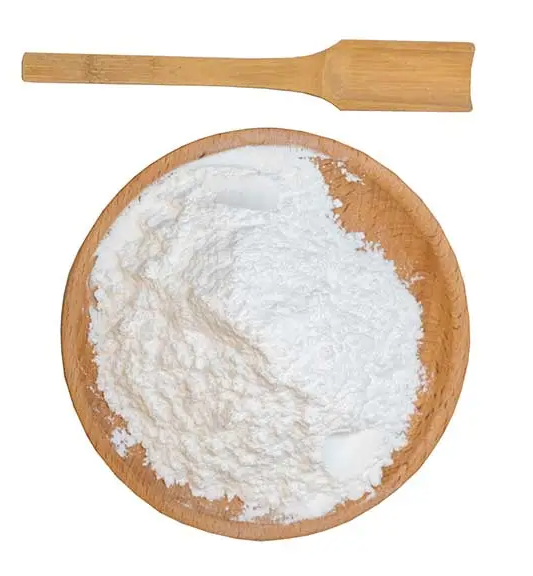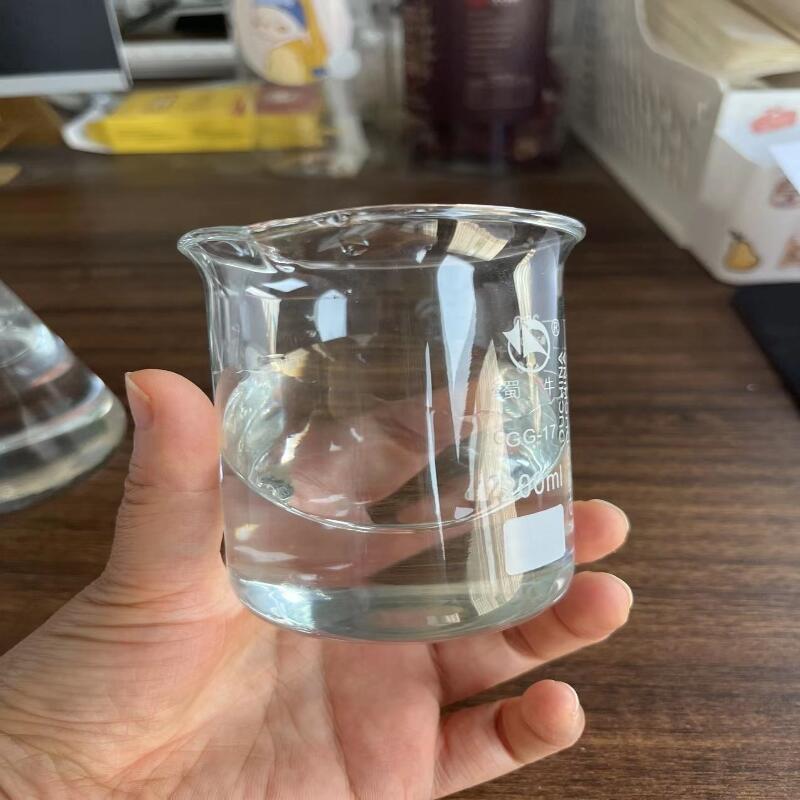-
Categories
-
Pharmaceutical Intermediates
-
Active Pharmaceutical Ingredients
-
Food Additives
- Industrial Coatings
- Agrochemicals
- Dyes and Pigments
- Surfactant
- Flavors and Fragrances
- Chemical Reagents
- Catalyst and Auxiliary
- Natural Products
- Inorganic Chemistry
-
Organic Chemistry
-
Biochemical Engineering
- Analytical Chemistry
-
Cosmetic Ingredient
- Water Treatment Chemical
-
Pharmaceutical Intermediates
Promotion
ECHEMI Mall
Wholesale
Weekly Price
Exhibition
News
-
Trade Service
Deoxyarbutin is a synthetic chemical compound that is commonly used in the production of various pharmaceuticals and other chemical products.
The production process of deoxyarbutin involves a series of chemical reactions that convert starting materials into the desired product.
In this article, we will take a closer look at the production process of deoxyarbutin, including the various steps involved and the chemical reactions that occur at each stage.
Step 1: Preparation of the Starting Materials
The first step in the production of deoxyarbutin involves the preparation of the starting materials.
These materials are typically derived from natural sources, such as bacteria or fungi, or can be synthesized in the laboratory.
The starting materials are then purified and processed to remove any impurities that may be present.
Step 2: Alkali Demethylation
The next step in the production of deoxyarbutin is alkali demethylation.
This involves treating the starting materials with a strong alkali, such as sodium hydroxide, to remove the methyl group.
This reaction is carried out in the presence of water and results in the formation of a methanolate salt.
Step 3: Reduction
The methanolate salt is then reduced using hydrogen gas in the presence of a reducing agent, such as lithium aluminum hydride.
This reaction converts the methanolate salt into the corresponding alcohol.
Step 4: Halogenation
The next step in the production of deoxyarbutin is halogenation.
This involves treating the alcohol with a halogen compound, such as chlorine or bromine.
This reaction is carried out in the presence of a solvent, such as ether or benzene, and results in the formation of an aryl halide.
Step 5: Formation of the Amino Group
The aryl halide is then treated with an amine, such as aniline, to form the amino group.
This reaction is carried out in the presence of a solvent, such as pyridine or dichloromethane, and results in the formation of a diazo compound.
Step 6: Condensation
The diazo compound is then condensed with another diazo compound to form the final product, deoxyarbutin.
This reaction is carried out in the presence of a solvent, such as acetonitrile or DMF, and results in the formation of a bis-diazo compound.
Step 7: Purification and Isolation
The final step in the production of deoxyarbutin involves the purification and isolation of the product.
This typically involves crystallization, chromatography, or other techniques to remove any impurities that may be present.
Challenges in Production
The production of deoxyarbutin can be challenging due to several factors, including the nature of the starting materials, the specific reaction conditions required, and the potential for unwanted side reactions.
Careful control of the reaction conditions and the use of appropriate purification methods are essential to ensure the production of a pure and high-quality product.
Conclusion
In conclusion, the production of deoxyarbutin involves a series of chemical reactions that convert starting materials into the desired product.
The process requires careful control of the reaction conditions and the use of appropriate purification methods to ensure the production of a pure and high-quality product.
Understanding the production process of deoxyarbutin is essential for the effective production of this important chemical compound in the pharmaceutical industry.






